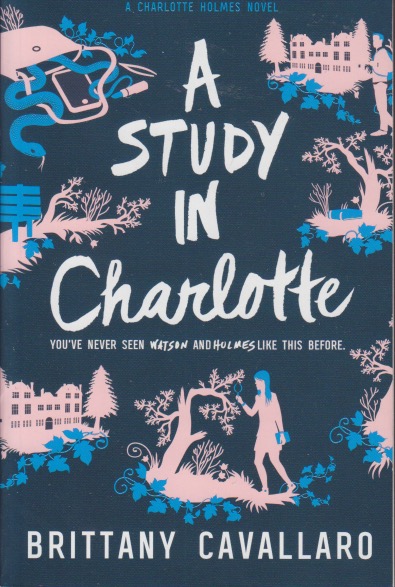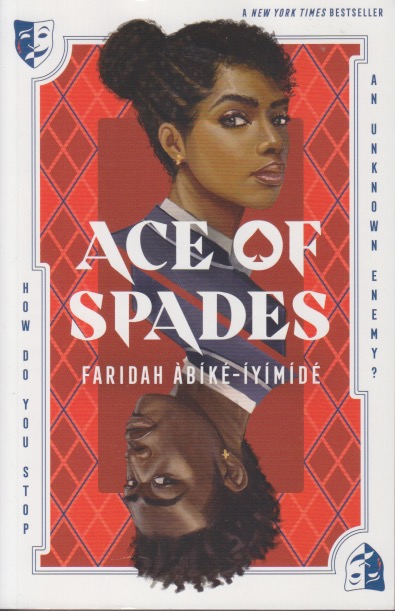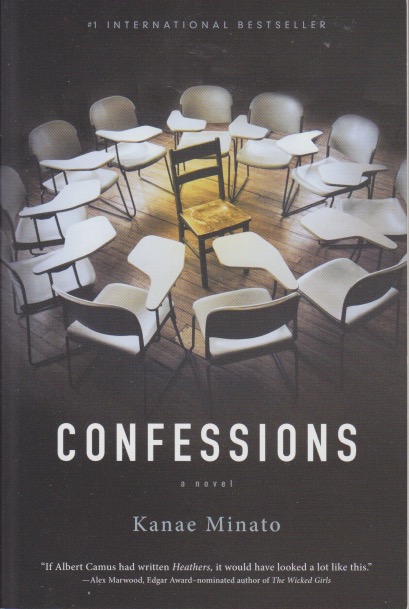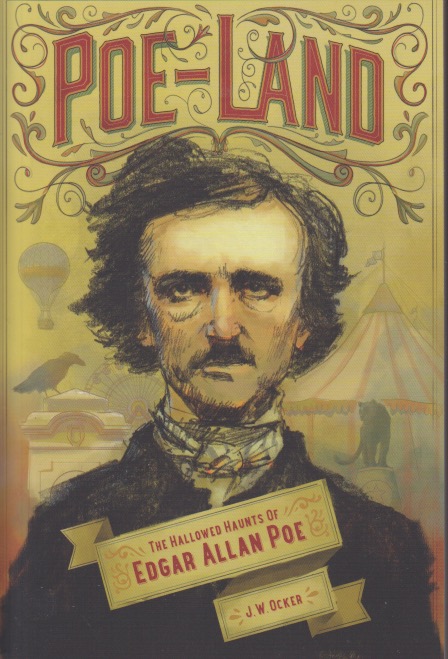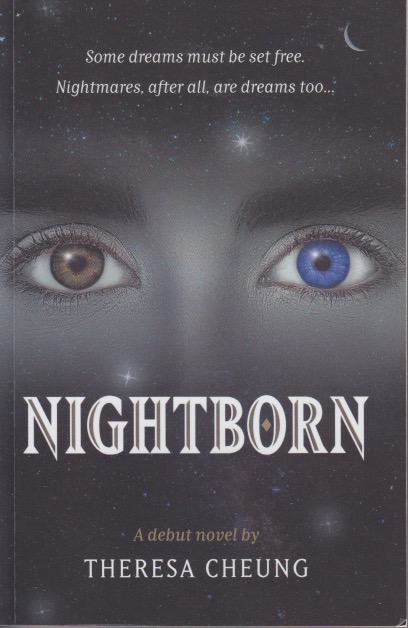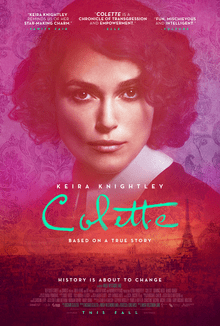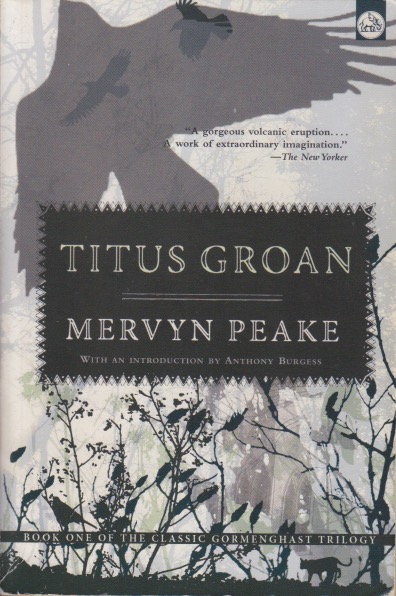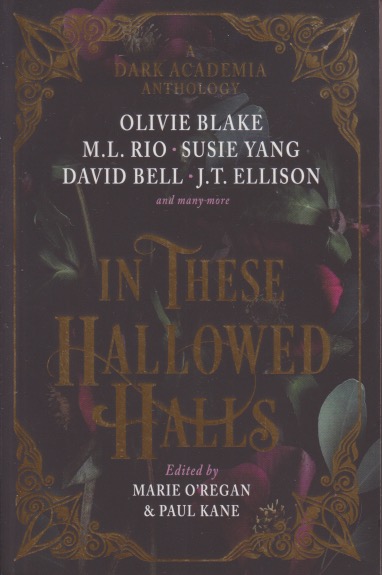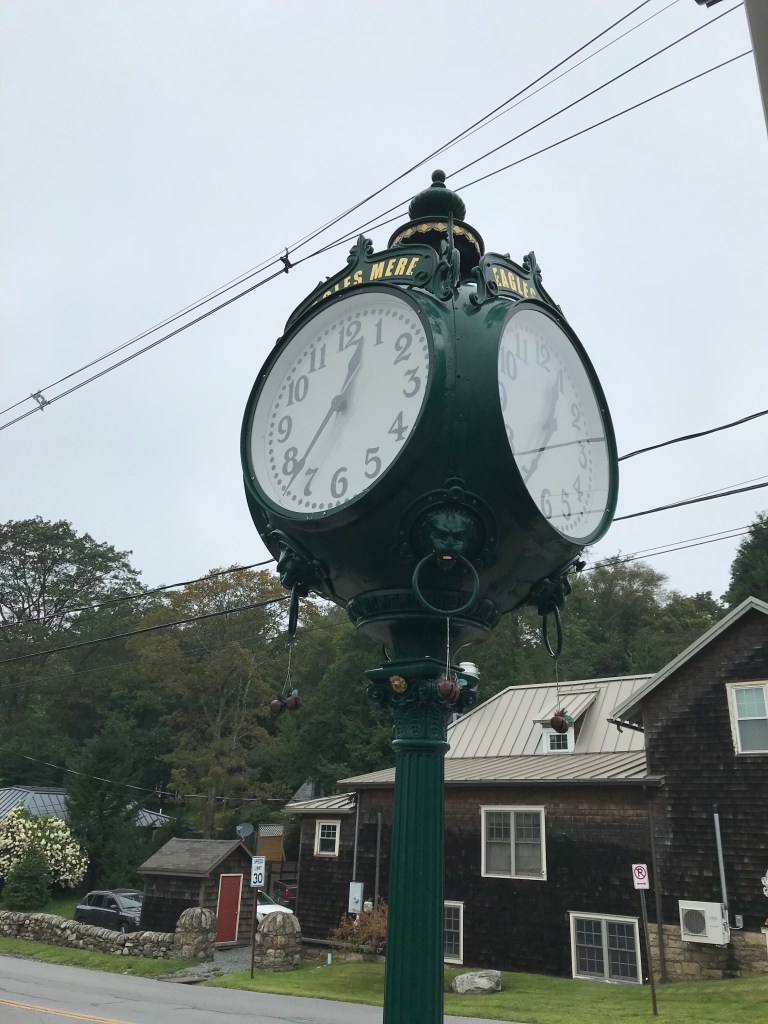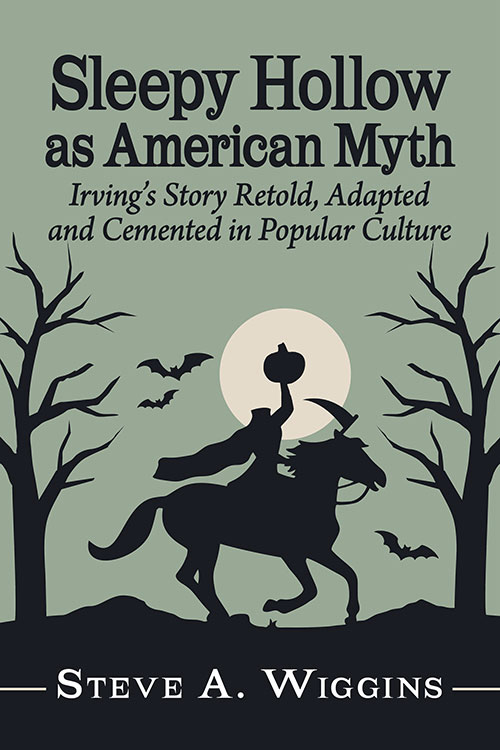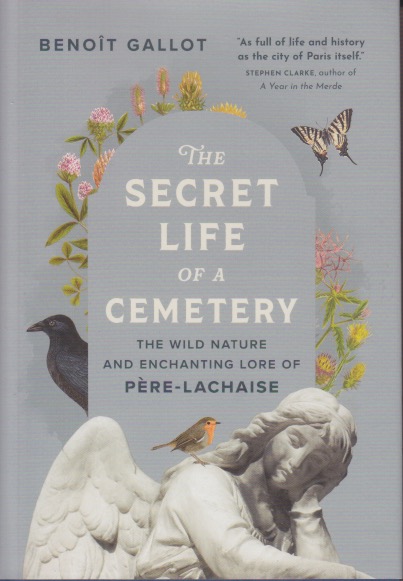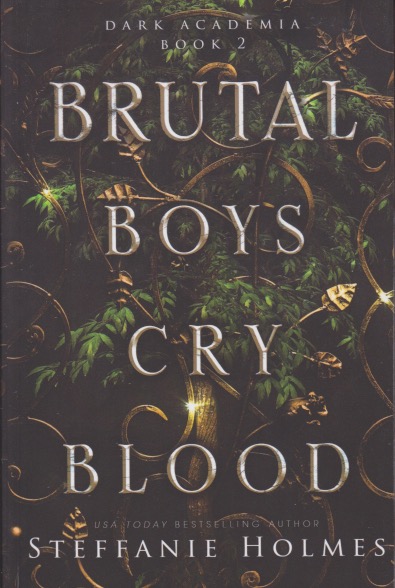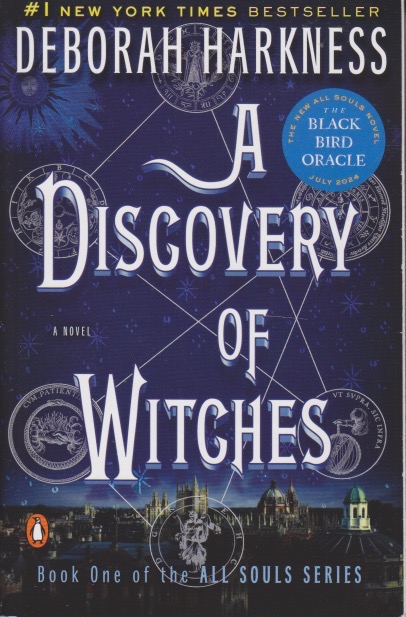Continuing my dark academia streak, I enjoyed Brittany Cavallaro’s A Study in Charlotte. Although I’m not really a Sherlock Holmes fan, I know enough of the lore to appreciate how deeply steeped this novel is in Sherlockiana. In the world of the novel Sherlock Holmes and John Watson were real people. Watson wrote the books authored by Sir Arthur Conan Doyle in real life. The books are well known and widely read in the universe of A Study in Charlotte. The adventures in those novels and stories are, here, factual. The book is narrated by Jamie Watson, a descendant of John Watson. While at Sherringford Academy in Connecticut he finally meets Charlotte Holmes, descendent of Sherlock. They become friends and have a campus murder to solve (thus, dark academia). I have to confess that I had the image of Jenna Ortega, of Wednesday, in my head as Charlotte. The two (Wednesday and Charlotte) are similar in many ways.
Although flawed, Charlotte is an inherently likable character. The story contains enough fun to prevent it from being too grim, even with the death of a Sherringford student and the violent attack of another. The murderer goes to great lengths to frame Charlotte, and the novel introduces some of the Moriarty descendants as well. Watson tries to get close to Holmes, but she holds everyone at a distance. The story includes some family dynamics—the Holmeses rational to the point of being cold, Watson’s mother constantly warning him to stay away from Holmeses while his father eagerly observes how Charlotte works. Putting the action in Connecticut allows for a trans-Atlantic element since both families are, naturally, British. The story is well told.
The novel should appeal to those who enjoy detective stories and who appreciate a smart, if troubled female lead. In this latter aspect, Cavallaro shows herself a perceptive Doyle fan. Sherlock Holmes isn’t always a perfect character. He uses drugs and is an eccentric. This story transfers all of that to Charlotte but making her a young woman while Watson is a rather love-lorn young man, opens the potential for a relationship unlike the classic Holmes and Watson. I don’t say “romantic” relationship, because Charlotte isn’t really receptive to romance, although her strict rationalism wears thin when something goes seriously wrong. We all like to believe that there are people a few steps ahead of everyone else, as long as they’re good. The Moriartys are also masterminds but the novel doesn’t allow us to decide that they’re all bad. This is an intriguing tale that fits into dark academia in an elementary way.

